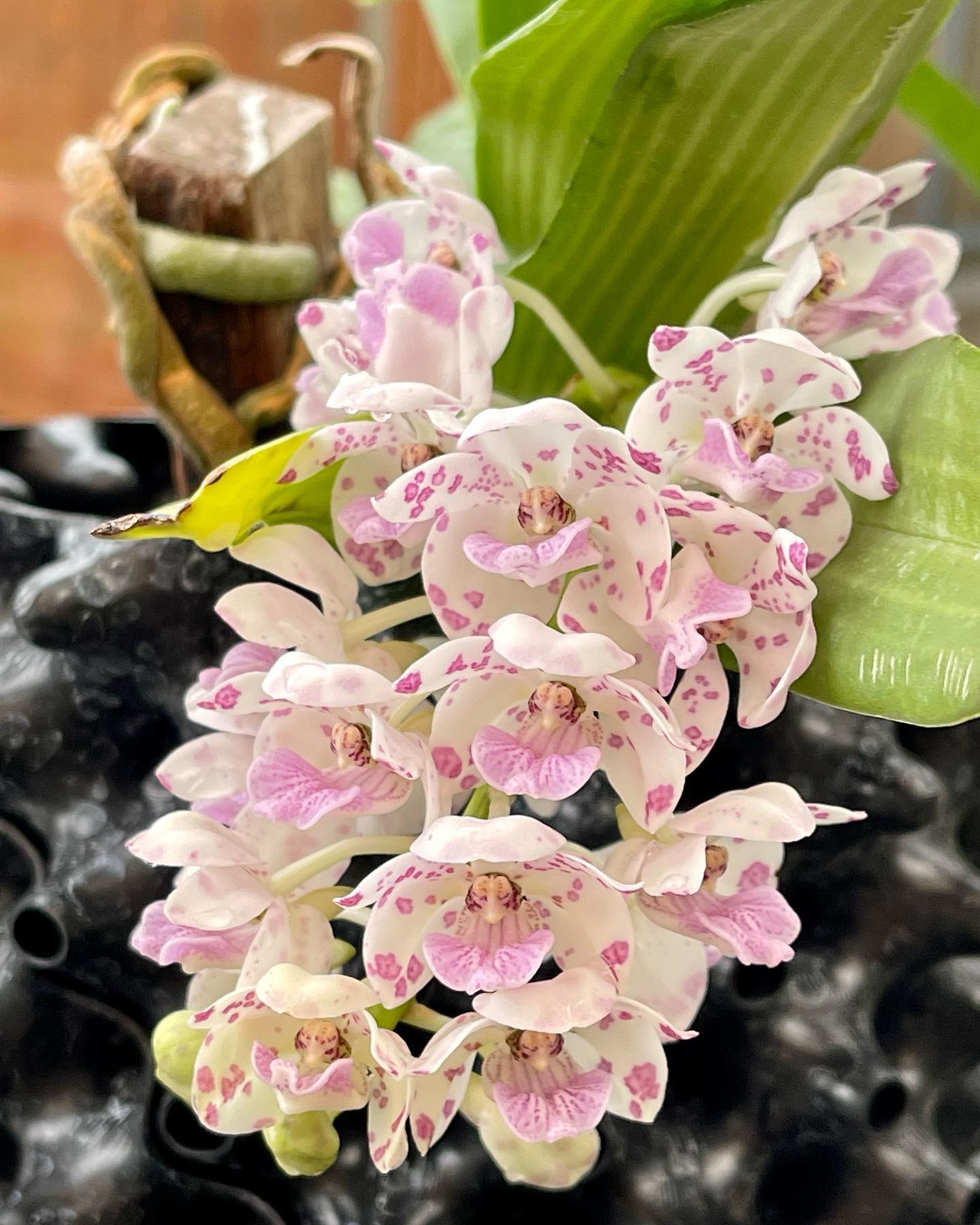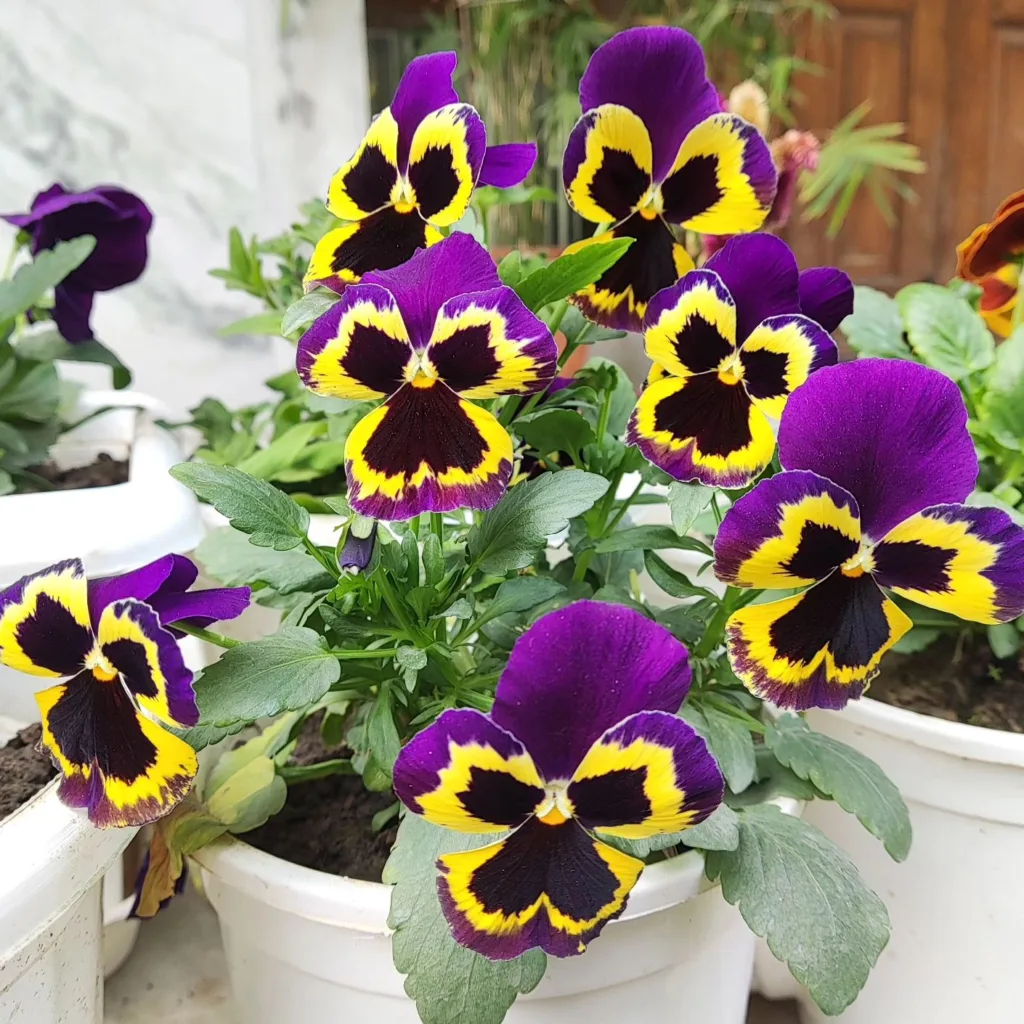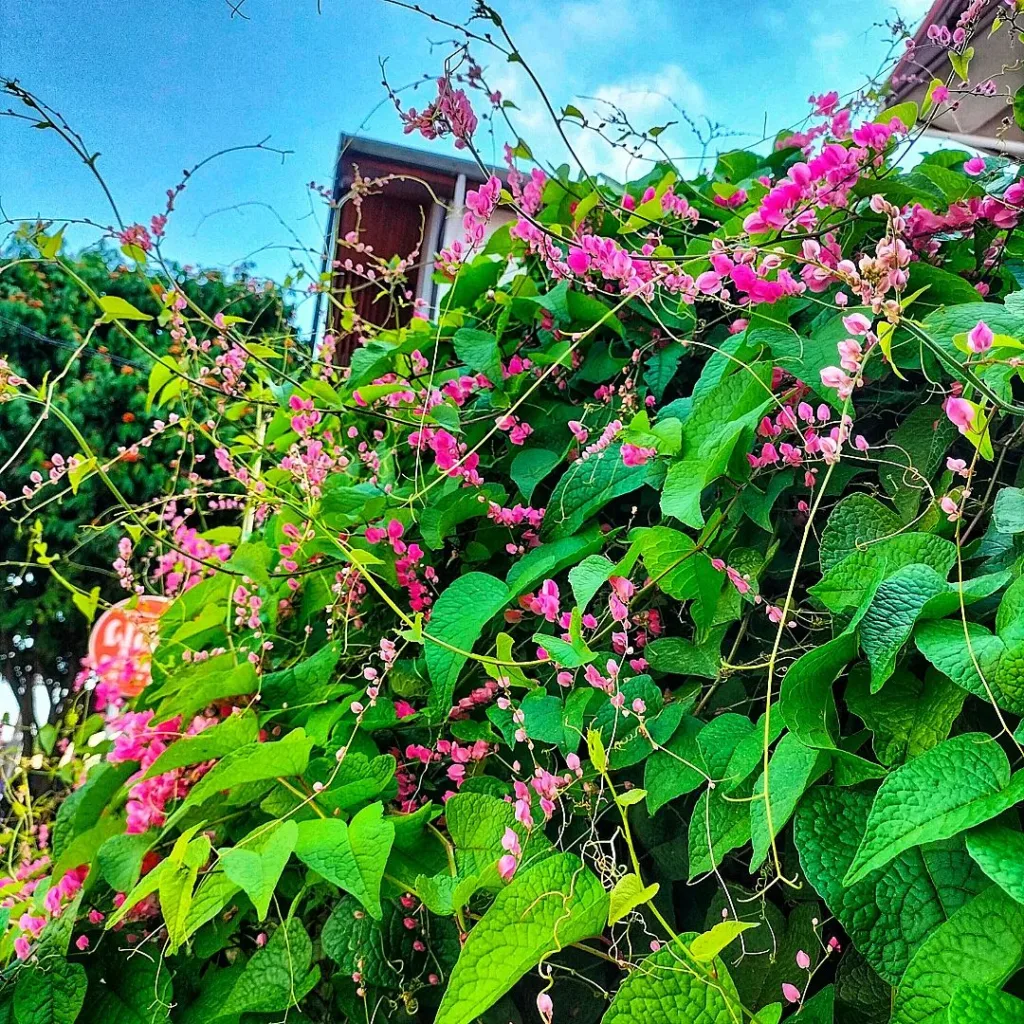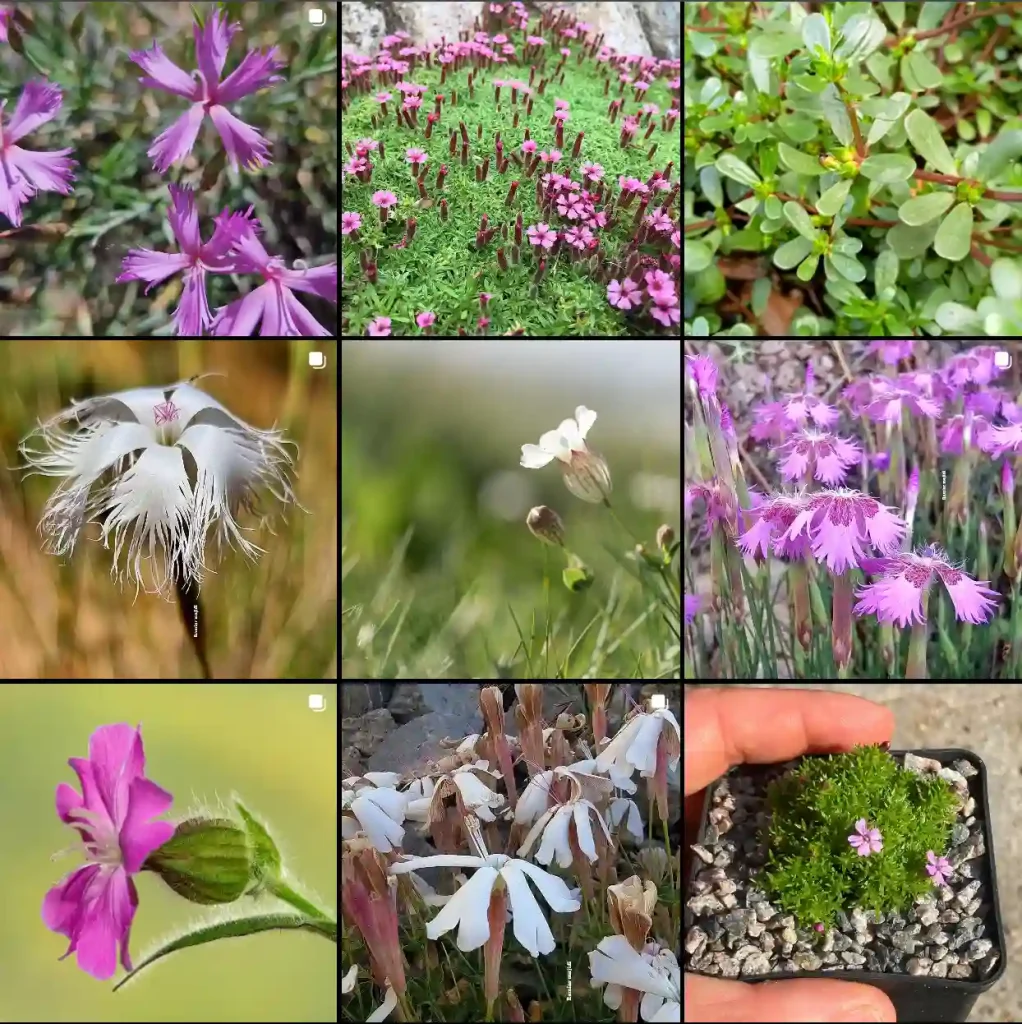Exploring the Haloragaceae Family: A Dive into Aquatic Flora
As a plant enthusiast, my fascination with aquatic plants has led me to explore the diverse family known as Haloragaceae. This family is not just a collection of plants but a treasure trove of unique genera that thrive in wet environments. In this article, I’ll share my insights into some prominent genera within the Haloragaceae family: Glischrocaryon, Gonocarpus, Haloragis, Laurembergia, Meionectes, Myriophyllum, Proserpinaca, and Trihaloragis. Each of these genera contributes uniquely to the ecosystem, and understanding them adds depth to my appreciation for aquatic biodiversity.
Understanding Haloragaceae
The Haloragaceae family comprises primarily submerged or floating aquatic plants, commonly found in freshwater habitats. My explorations have revealed that these plants play crucial roles in maintaining ecological balance. They provide habitat, stabilize sediments, and contribute to nutrient cycling in aquatic ecosystems.
Glischrocaryon: A Lesser-Known Gem
Glischrocaryon is a genus that often goes unnoticed in discussions about aquatic flora. I first encountered this genus while researching Australian wetlands. The plants within this genus are characterized by their unique reproductive structures. Glischrocaryon species exhibit both flowers and fruits that adapt to their aquatic environment. Their ability to thrive in various water conditions has intrigued me, as they serve as indicators of water quality and biodiversity.
Gonocarpus: Resilient and Adaptive
Gonocarpus is another fascinating genus within the Haloragaceae family. I’ve found that species like Gonocarpus elatius display remarkable resilience to environmental changes. This genus showcases a variety of forms, from creeping to upright growth habits, making it versatile for different habitats. During my field studies, I noticed how Gonocarpus plants often coexist with other aquatic species, contributing to a rich tapestry of life. Their adaptability is a reminder of nature’s ingenuity in thriving under diverse conditions.
Haloragis: The Family Namesake
Haloragis is perhaps the most recognized genus in this family, serving as its namesake. When I first delved into this genus, I was captivated by its distinctive foliage and flowering patterns. Haloragis species typically inhabit marshy areas and are known for their long, slender leaves. I’ve enjoyed observing these plants as they sway gently in the water currents, showcasing their beauty and ecological importance. Moreover, their seeds are a crucial food source for various aquatic creatures, illustrating the interconnectedness of life.
Laurembergia: A Unique Presence
Laurembergia may not be as widely known as other genera, but it holds a special place in my heart. This genus is primarily found in Australia and New Zealand. Its unique morphology and preference for specific habitats make it a subject of interest for researchers and enthusiasts alike. I’ve encountered Laurembergia species in wetlands, where they contribute to the overall biodiversity. Their distinct appearance and ecological role remind me of the intricate balance within aquatic ecosystems.
Meionectes: A Mystical Addition
Meionectes is another intriguing genus that I stumbled upon during my aquatic plant explorations. Known for its delicate flowers, Meionectes adds a mystical touch to its surroundings. These plants often flourish in shallow waters, and their beauty caught my eye during my field studies. I’ve found that their presence often signifies healthy aquatic environments, as they thrive in clean, nutrient-rich waters.
Myriophyllum: The Feathered Beauty
72 Species in Genus Myriophyllum
Myriophyllum, commonly known as water milfoil, is a genus I have encountered in various freshwater bodies. Its feathery leaves and ability to form dense underwater meadows are visually stunning. I’ve often seen fish and invertebrates taking refuge among these plants, highlighting their role in aquatic ecosystems. Myriophyllum species are not only aesthetically pleasing but also vital for oxygenation and habitat structure in their environments.
Proserpinaca: The Elegant Herb
Proserpinaca is a genus that particularly fascinates me due to its graceful appearance and unique habitat preferences. Found in shallow freshwater systems, these plants often have delicate, finely divided leaves that create an elegant display underwater. I’ve observed how Proserpinaca provides essential cover for small fish, contributing to their survival and growth. Their beauty and ecological importance make them a cherished component of the Haloragaceae family.
Trihaloragis: A Rare Find
Finally, Trihaloragis stands out as a rarer genus within the Haloragaceae family. Its limited distribution makes it a subject of interest for conservationists and botanists. During my explorations, I’ve come across Trihaloragis in isolated wetlands, where it plays a crucial role in maintaining local biodiversity. This genus serves as a reminder of the importance of preserving aquatic habitats for future generations.
Conclusion: Embracing Aquatic Diversity
Exploring the Haloragaceae family has deepened my appreciation for the intricate relationships within aquatic ecosystems. Each genus—Glischrocaryon, Gonocarpus, Haloragis, Laurembergia, Meionectes, Myriophyllum, Proserpinaca, and Trihaloragis—brings something unique to the table. From their ecological roles to their captivating beauty, these plants exemplify the diversity of life in freshwater habitats. As I continue my journey in the world of plants, I look forward to discovering more about these fascinating genera and sharing my experiences with fellow enthusiasts.
If i die, water my plants!



